
Keynote speakers
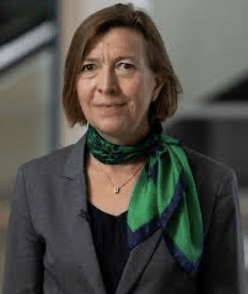
KEYNOTE 1 : Tuesday, 1 April 2025 – Time 9:10-9:40 (Plenary Room Gaston Berger Amphitheatre)
CIGRE and the Energy transition
Rannveig LOKEN
Technical Council Chair, CIGRE Vice-president Technical
Abstract :
CIGRE is a global not-for-profit community fostering technically neutral power system expertise. Over 100 years of history, CIGRE has grown its scope of work based on the needs of power systems professionals across the world. This has led to CIGRE being the go-to organisation for knowledge sharing and publications for the worldwide, end to end, electric power system. Today, the challenge of accelerated energy transition with its key drivers of digitalisation, decentralisation and decarbonisation, is rapidly increasing the role of electric power systems in the daily life of societies, businesses and regulators worldwide.
New and existing organisations across the globe are seeking out expertise around the interactions between Energy transition technologies and the electric power system. CIGRE is helping these organisations find the knowledge they need to optimise those processes across all voltage levels.
Our work is ongoing in this crucial space as part of our commitment to help integrate renewables and energy consumer trends to deliver reliable, sustainable electricity for all.
The energy transition traverses many areas of CIGRE’s sixteen Study Committees and their domains of work. The relationship is bi-directional with the inputs from these key topics as well as outputs from the Study Committees in the form of working groups, publications and papers.
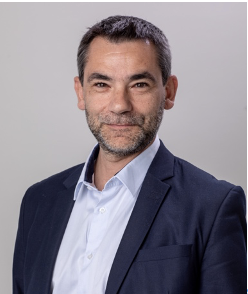
KEYNOTE 2 : Tuesday, 1 April 2025 – Time 9:40-10:10 (Plenary Room Gaston Berger Amphitheatre)
Abstract :
Safran keynote will tackle propulsive and non-propulsive electrical system trend for future aircraft. A comprehensive Safran R&T road map will be given, focusing on propulsion electrical motors and associated motor controllers using SIC inverter. Certification aspects of propulsion electrical motor will be introduced. Non-propulsive electrical generation, distribution and conversion systems will also be depicted.
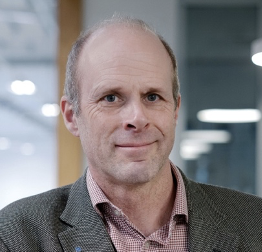
KEYNOTE 3 : Tuesday, 1 April 2025 – Time 14:00-14:30 (Plenary Room Gaston Berger Amphitheatre)
Abstract :
High-Voltage Direct Current (HVDC) is the most high-power application of power electronics. HVDC has been commercially available as a niche technology in power grids for 70 years, first using Line-Commutated Converters and, in the last 25 years, using Voltage-Sourced Converters. However, in the last five years the growth of HVDC has been spectacular, much of it associated with the large-scale integration of renewable energy sources. HVDC has been used for decades to connect remote hydro generating stations to load centres. More recently, HVDC allows offshore wind farms to be built far from shore, where the wind is stronger and steadier, beyond the maximum distance over which the power can be efficiently transmitted using AC cables. HVDC is now starting to be used for connecting large-scale solar parks to the grid. HVDC also allows long-distance interconnectors to be built between neighbouring power grids so that local fluctuations of renewable energy output can be smoothed out by aggregating power generation over a wider geographical area.
With this growth comes new challenges. Two in particular will be discussed in the talk. The first concerns the transition from point-to-point HVDC links (the established practice)) to multi-terminal HVDC networks. The second concerns how the HVDC converters are controlled, especially in view of the fact that the growth of renewable energy sources means that power grids now contain far less rotating inertia in the form of synchronous machines than was the case 20 years ago. The first challenge involves new protection methods and new types of HVDC equipment, while the second involves new control algorithms for the HVDC converters. Both challenges make HVDC a fascinating and important topic for the industry.
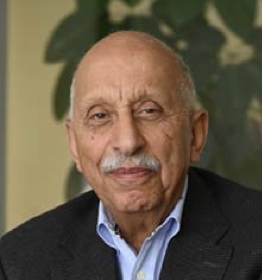
KEYNOTE 4 : Wednesday, 2 April 2025 – Time 8:30-9:00 (Plenary Room Gaston Berger Amphitheatre)
Abstract :
To understand the role of HVDC and Power Electronics in enabling the energy transition. It is necessary to define the meaning of the term energy transition. By definition “Energy transition is the process of shifting the world’s energy production and consumption from fossil fuels to renewable energy sources to reduce greenhouse gas emissions and climate change” So it has the two components of the switch on the energy production side and the consumption side from fossil-based sources to renewable sources. In this presentation we are going to address how HVDC and power electronics are creating the right field to enable this transition on the generation side. It is interesting that on the generation side, the energy transition is also referred to as renewable energy transition. The key word here is renewable. This defines the type of generation and hence the associated transmission. HVDC and Power Electronic equipment are enabler of this transition.
The presentation will develop from the stand point why HVDC, the technology and concepts, and the recent developments. It is very interesting that because of the desire to keep expanding the HVDC system, modular grid expansion is being addressed. So, for example for an offshore wind integration project the HVDC becomes part of an integrated grid.

KEYNOTE 5 : Wednesday, 2 April 2025 – Time 9:00-9:30 (Plenary Room Gaston Berger Amphitheatre)
Abstract :
This presentation addresses the management and valorization of energy storage in electrical grids, highlighting its key role in integrating renewable energy sources. In the face of intermittency in solar and wind power, storage smooths production fluctuations, ensures network stability, and enhances electric system flexibility. Case studies are presented before concluding with environmental issues, particularly the impact of material extraction and carbon footprint, while offering perspectives on sustainable solutions to support the energy transition.
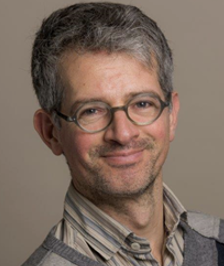
KEYNOTE 6 : Thursday, 3 April 2025 – Time 8:30-9:00 (Plenary Room Gaston Berger Amphitheatre)
Abstract :
Massive electrification of modern societies is becoming a reality. Meanwhile, electrical and electronic equipment waste (WEEE) will grow faster than expected, from 75 to 82Mt annually in 2030. In between, there is a tiny path to be followed to ensure decarbonisation will not induce a terrible environmental burden while failing to drive us toward a sustainable world. We will review the limits of performance quest in power electronics and search for more desirable R&D perspectives related to eco-design and circularity.
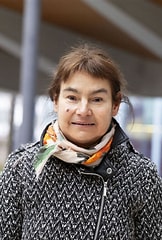
KEYNOTE 7 : Thursday, 3 April 2025 – Time 9:00-9:30 (Plenary Room Gaston Berger Amphitheatre)
The role of scientific research in the energy transition. Uncertainties, interference with values, and the difficulties of communication with decision-makers
Anouk BARBEROUSSE
Full Professor, Head of ITE Sorbonne University, France
Abstract :
On the one hand, science-based policies require to be based on up-to-date sets of knowledge developed by the scientific community. On the other, these sets of knowledge suffer from gaps and uncertainties, scientists are also citizens and defend political and ethical values that may interfere with their expertise, and decision-makers are sometimes unfamiliar with scientific vocabulary. In the case of energy, these difficulties overlap with the needs of democracy, i.e, the necessary public hearing of citizens whose preferences might run counter to scientific recommendations. How should scientists take these various difficulties into account? Should they allow their values overcome their expertise? The talk will address ways to address these questions coming from the social and behavioral sciences.
